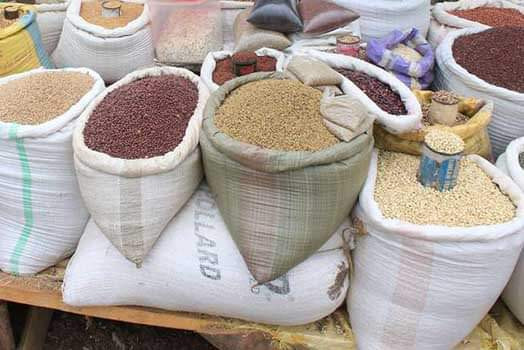
By George Munene
World food commodity prices remained largely steady in November. Declining international prices of cereals, meat, and dairy products offset increasing prices for vegetable oils and sugar according to the Food and Agriculture Organization of the United Nations (FAO) report on Friday.
The FAO Food Price Index, which tracks monthly changes in the international prices of a basket of commonly-traded food commodities was only 0.3 per cent higher than its level in November 2021 and a fraction below its level in October.
The FAO Cereal Price Index declined by 1.3 per cent from the previous month, but it was still up 6.3 per cent from its value a year ago. World wheat and maize prices declined in November by 2.8 per cent and 1.7 per cent, respectively, partly influenced by the extension of the Black Sea Grain Initiative. By contrast, international rice prices moved up by 2.3 per cent.
Related News: Soaring feed prices lead farmer to 5X more profitable egg-hatching business
Related News: Only 20% of farmers have access to subsidized fertiliser–CBK report
The FAO Vegetable Oil Price Index increased by 2.3 per cent in November, ending seven consecutive months of decline.
The FAO Dairy Price Index decreased by 1.2 per cent since October, with world quotations for butter, skim, and whole milk powders falling, amid lower import demand, while those for cheese increased, in part due to fewer export availabilities from leading producing countries in Western Europe.
The FAO Meat Price Index was 0.9 per cent lower in November than the previous month, as international cattle meat prices fell. Increased export supplies from Australia added to already-high supplies from Brazil, notwithstanding China’s continuing strong import demand. By contrast, world prices of all other meat types rebounded, led by higher quotations for mutton.
Related News:Staple food prices to remain high through 2022
The FAO Sugar Price Index rose 5.2 per cent, influenced by strong buying amid tight global sugar supplies due to harvest delays in key producing countries and the announcement by India of a lower sugar export quota. Higher ethanol prices in Brazil also exerted upward pressure on world sugar prices.